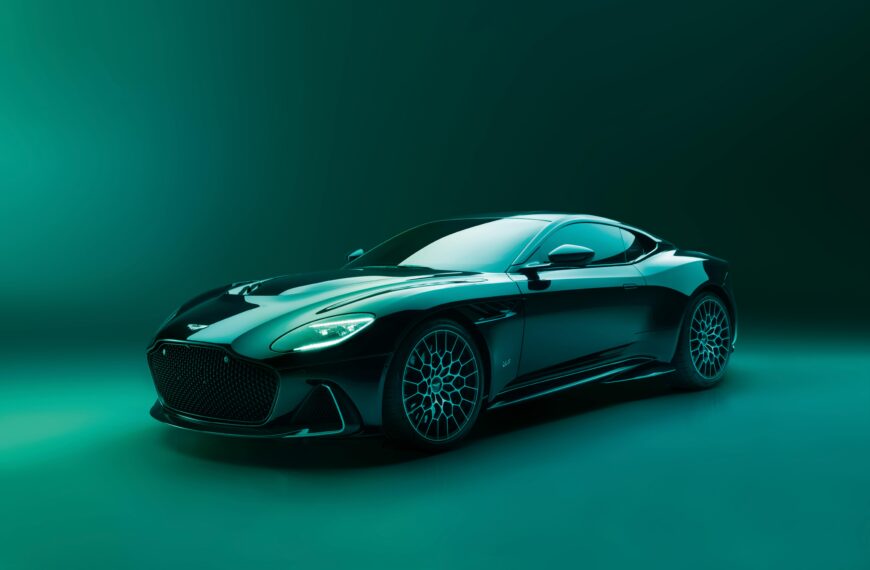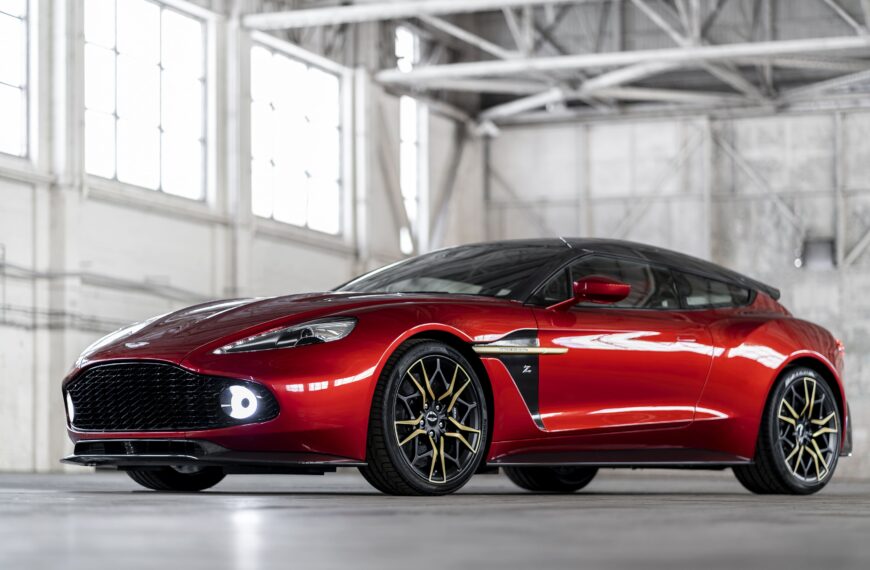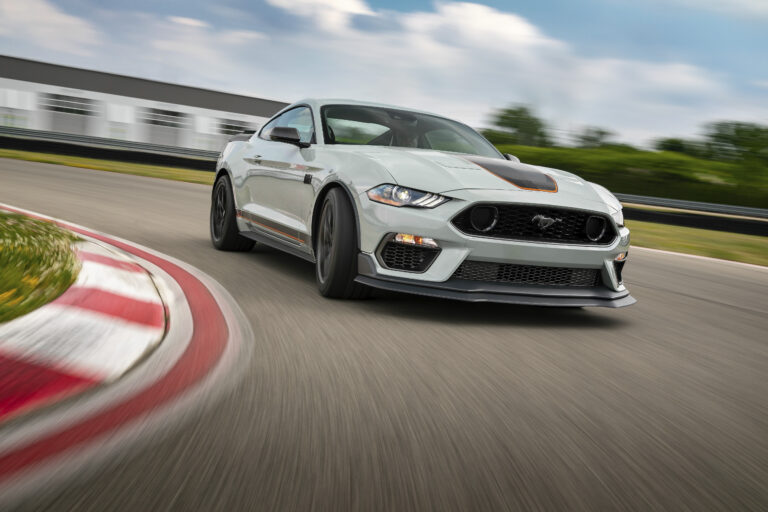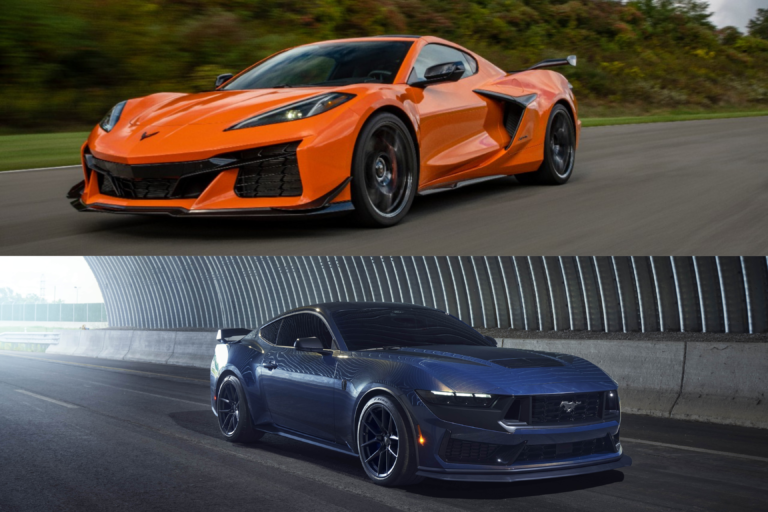The Aston Martin DBX 707 has 697 horsepower and gets it poppin’.
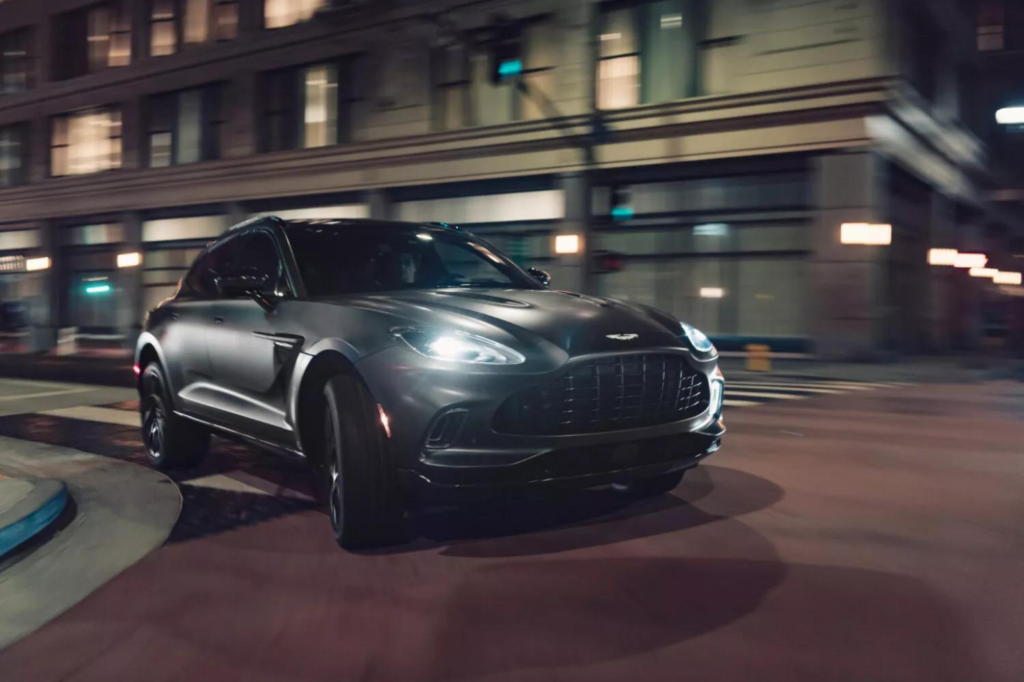
MIGHT IS ALWAYS RIGHT. The Aston Martin DBX 707 is just as much an homage to James Bond as it is to a Norwegian Cruise Ship. 697 horsepower and 5,128 pounds might sound like a head-scratching oxymoron but Aston makes it work with ergonomic and ground-shattering numbers.
The DBX was Aston Martin’s first foray into SUVs and quickly became its number-one seller. Aston’s segue into consumer-oriented pragmatic machines wasn’t without its fair share of naysayers—ones who were particularly concerned about a tradeoff of the brand’s bespoke and thoroughbred pedigree for soccer moms.
They had a point. But it soon became naught. The Brits might’ve been slow to the party, lagging Porsche, BMW, and its European counterparts when adding a backseat to its lineup, but it certainly wasn’t the worst. It has all culminated into our new reality, SUVs running the land. The DBX just so happens to be its white knight.
For the 2025 model year, the DBX sheds any excess model trims—instead opting to keep its highest, the 707. The seemingly arbitrary number references the engine’s output in PS, the metric measure of horsepower. You would think the 707 needed to stand out amid a growing number of competitors in the high-performance SUV segment with its own style, but manufacturers have begun to take on a different approach to the class. Highline automakers realized the key to sales is to keep the ergonomic sport-utility principles yet instill their own dogmatic ethos. For Aston Martin, that means continuing to be Aston Martin.
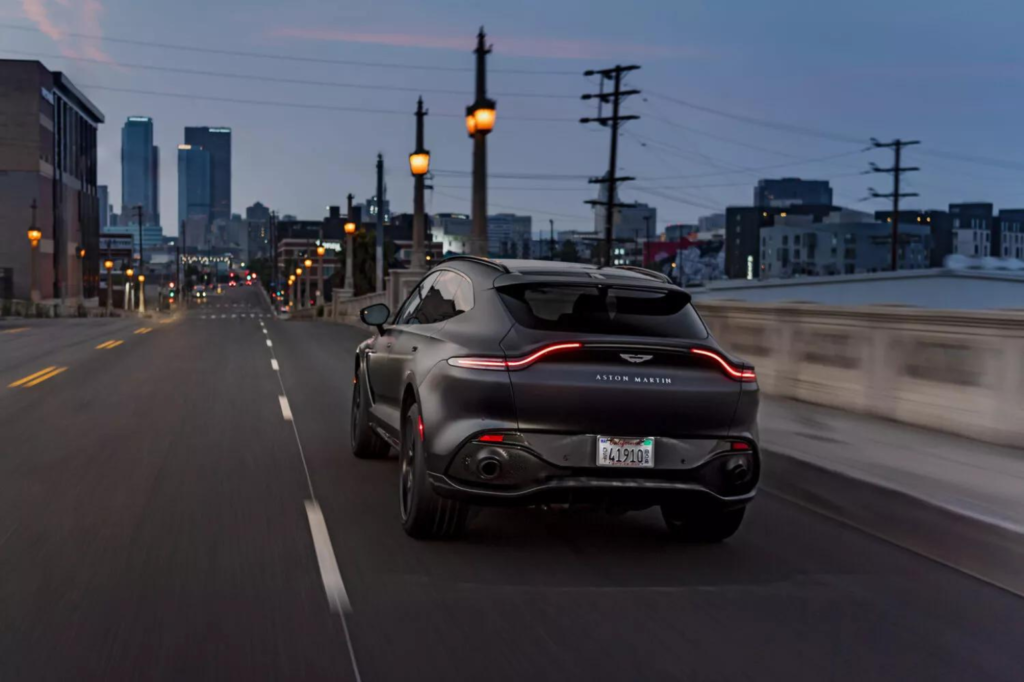
The same manufacturer that cloaked Agent 007 throughout the years is forced to take on the 21st century and unlike some of its peers—maintains its brand’s heritage. We’re looking at you Lotus. The DBX keeps the main array of what makes an Aston an Aston: a performance lineage, an AMG-supplied twin-turbo 4.0 L V8, classic British front and rear fascia, and a kickass wet clutch pack gearbox.
From the outgoing model, Aston Martin made sure to pull away from the relatively bland image of the original DBX. The decision was made to keep the original engine but that’s about where the similarities end. New turbochargers, fresh induction systems, and a remapped ECU. The 707 also gets a gnarly-sounding exhaust that all adds up to a 155 horsepower bump over the base model.
The Swan Wing Continues
The 707 is an SUV that loves to be pushed, no matter the situation. Unlike some sporty SUVs, Aston Martin developed this with their dogma in mind—a proud member of the Aston Martin lineup. The car drops its 0-60 mph time from almost 4.0 seconds to a much more respectable 3.1, beating out the Audi RSQ8 and the same cylinder Bentley Bentayga V8. The boost comes from a smaller 3.27:1 final-drive ratio which can push the DBX through the quarter-mile in 11.5 seconds at 119 mph and is able to get the car to 193 mph.
Driving the DBX feels like a gun never truly able to empty out its magazine. You’d be lucky to find the SUV’s true capabilities outside of a Forza-esque abandoned runway strip. The swapped-out torque converter for the wet clutch system makes shifts that much smoother but still allows for plenty of back-and-forth movement for the body like you’re at an AC/DC concert.
What good is a car’s engine if it can’t stop? After all, it’s not what makes it tick, it’s what brings it to a halt. The DBX gets exclusive carbon ceramics wrapped in Pirelli P Zero A8A’s/ The rotors themselves are big enough to be a wheel of their own— measuring in at 16.5 inches in the front and 15.4 in the aft. The new brakes are said by Aston to knock 88 pounds off the car’s curb weight compared to its now-defunct base model brother.
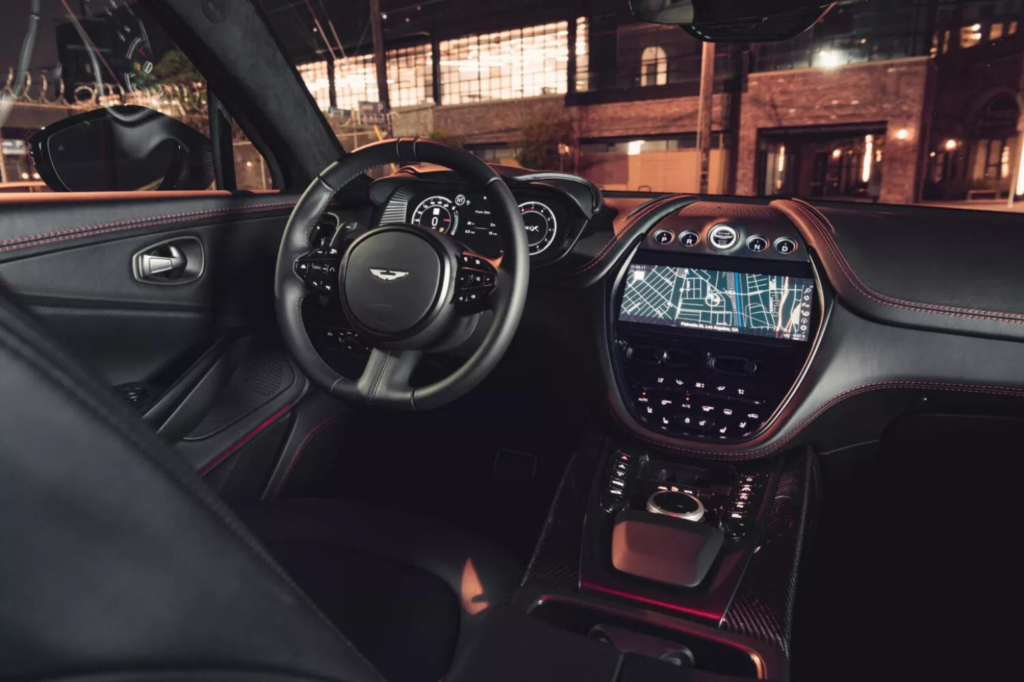
To say the least, the DBX handles like an Aston. Somewhere between an Urus and a Bentayga, the DBX is meant to garner the support of both worlds. While Aston has been decisive in making sure that its product lines for its sports cars are differentiated—between the sports cars and the grand tourers. The DBX is meant to be a hybrid. Not in the powertrain sense but more in the overall holistic meaning of the vehicle.
The DBX eats corners, entering with the sturdiness and lean that you’d expect from a proper Aston. On the skidpad, we measured the DBX able to pull 0.93 g’s. Even with a curb weight nearing the three-ton mark, the Aston was able to maintain its balance thanks to its reprogrammed ECU which has recalibrated the rear differential and the rear widened by .6 inches. When screaming out of corners, we were able to hear every note of its symphonious exhaust system, powering through each turn. The DBX’s weight distribution certainly is a unique value proposition with a 53-47 split front-to-rear.
In a sector begging for change, the DBX is a good example of what can come when a brand sticks to its guts. Its peers have attempted to do the same thing to some extent. Lamborghini’s Urus has stuck to the brand’s ethos while Lotus’ Eletre has not. The DBX might stick out like a sore thumb in a world rapidly turning to hush, but maybe that’s a good thing. Aston’s first high-performance SUV in its 100 years of existence might sound like a deviation from the norm, but instead, it’s just an extension of the brand.


